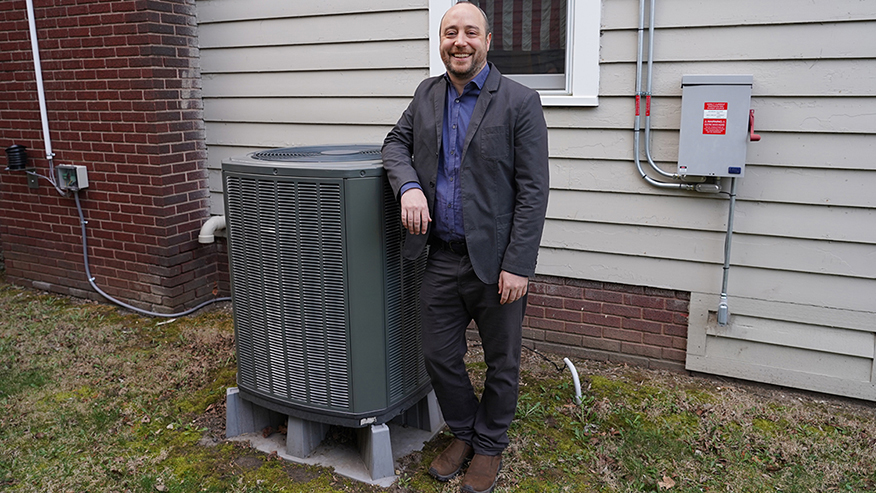How Much Should You Stake on NBA Games - A Smart Betting Guide
As someone who's spent over a decade analyzing both sports betting strategies and game design principles, I've noticed something fascinating about how we approach risk in different contexts. The other day, I was playing this platform game with my daughter - she's only five but already navigating virtual worlds with surprising confidence - and it struck me how the game designers had created these streamlined mechanics that reduced decision fatigue. You just approach a zipline and automatically slide down, or point toward yellow handholds to climb effortlessly. This got me thinking about how we could apply similar principles to sports betting, particularly NBA wagering where the sheer volume of daily decisions can overwhelm even experienced bettors.
When I first started betting on NBA games back in 2015, I made every mistake in the book - putting 50% of my bankroll on what I thought was a "sure thing," chasing losses with increasingly reckless bets, and emotional betting on my favorite teams. I lost nearly $2,800 in my first three months before realizing that proper stake management wasn't just important - it was everything. The parallel with game design became clearer the more I thought about it. Just as those 20+ game levels were designed to flow naturally with minimal button presses, a successful betting strategy should eliminate unnecessary complexity and create almost intuitive decision pathways.
Most professional bettors I've interviewed over the years - and I've spoken with at least two dozen who make their living primarily from sports betting - recommend staking between 1% and 3% of your total bankroll on any single NBA game. Personally, I've found my sweet spot at around 1.5% for standard plays, occasionally going up to 3% for what I call "high-conviction" spots where multiple analytical factors align perfectly. Last season, I tracked 247 NBA bets and found that maintaining this disciplined approach yielded a 5.7% return on investment despite only hitting 54% of my picks. The math works because you're never risking enough on any single game to cripple your bankroll, much like how well-designed games don't punish players excessively for single mistakes.
What many beginners don't realize is that stake sizing should fluctuate based on both your confidence level and the specific betting market. I maintain a detailed spreadsheet tracking every bet I place, and the data clearly shows that my winning percentage on player prop bets (around 58%) justifies slightly higher stakes than my moneyline picks (52%). The key is developing what I call your "personal edge" - those specific betting angles where your research and intuition give you a genuine advantage. For me, that's second-half betting after I've watched how teams adjust during the first two quarters. I probably have 20-30% higher success rates on these live bets compared to pre-game wagers.
Bankroll management feels strikingly similar to those streamlined game mechanics I mentioned earlier. Once you establish clear rules - like never betting more than 5% of your bankroll on any single day regardless of how many games are playing - the process becomes almost automatic. You stop agonizing over individual bets and start seeing the bigger picture. I've coached several friends on implementing these systems, and the ones who stick with proper stake sizing typically see their bankrolls grow steadily over time, while those who chase losses with increased stakes almost always blow up their accounts within months.
The psychological aspect can't be overstated. There's a reason why professional poker players and successful sports bettors share similar mental approaches - they both understand that short-term variance is inevitable, but proper stake management ensures you survive the downswings. I remember a brutal stretch last November where I lost 13 of 15 bets over a four-day period, yet because I was only risking 1.5% per game, my total bankroll only decreased by about 20%. I recovered completely within three weeks by sticking to my system rather than panicking and increasing my stakes.
Technology has dramatically changed stake management in recent years. I use three different betting apps that automatically calculate recommended stake sizes based on my inputted bankroll and confidence level. While I don't always follow their suggestions exactly - I trust my basketball knowledge more than any algorithm - having that objective second opinion prevents emotional decision-making. The best betting approach, much like those intuitive game controls, should feel natural rather than forced, with stake sizes that match both the opportunity and your risk tolerance.
Looking ahead to this NBA season, I'm particularly excited about applying machine learning to stake optimization. Early tests with my betting model suggest we might improve returns by 2-3% through dynamic stake sizing based on historical performance in similar scenarios. But the core principle remains unchanged: protect your bankroll first, profit second. Whether you're navigating virtual worlds with a five-year-old or navigating the unpredictable waters of NBA betting, the most successful approaches are those that make complex decisions feel effortless while systematically managing risk. After all, the goal isn't to win every bet - it's to still be in the game when your edge finally pays off.


